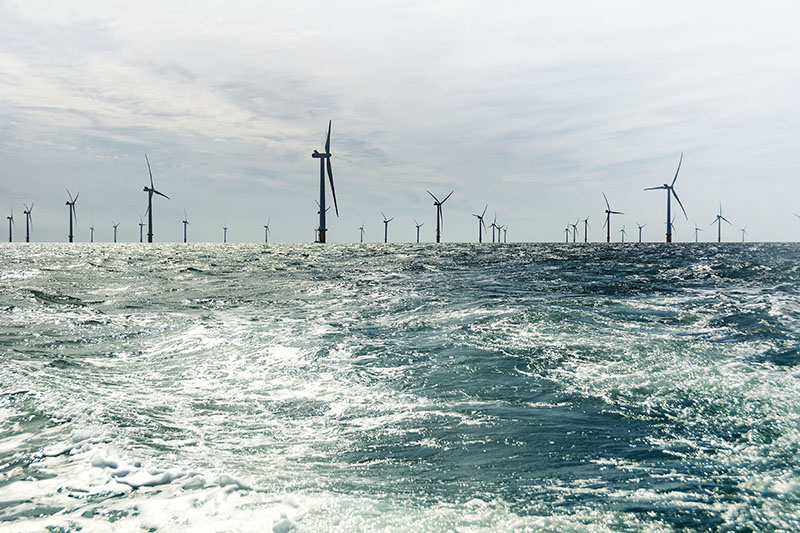
OFFSHORE consent applications have been submitted to the Scottish Government for the build of the West of Orkney wind farm.
The build, which is earmarked for 30km west of the Orkney mainland and 25km north of the Sutherland coast, is promised to ‘reshape’ and ‘reinvigorate’ Scotland’s supply chain with it bringing up to 125 turbines on fixed foundations and an expected capacity of around two gigawatts.
Rights to the area of seabed were secured from the Crown Estate Scotland during the highly competitive ScotWind leasing process. The proposed wind farm is being developed by a joint venture comprising Corio Generation, TotalEnergies, and Renewable Infrastructure Development Group (RIDG).
West of Orkney wind farm development manager, Jack Farnham, said, “Our vision is to develop a world-leading offshore wind farm that will spearhead the decarbonisation of the Scottish economy and play a pivotal role in fostering growth, empowerment, and prosperity for local communities.
“Any project which intends to power around two million homes cannot be undertaken in isolation from the communities in which it will operate. Over the last two years we’ve organised 33 public events, reaching over 2,400 residents across Caithness, Sutherland and Orkney. These events have served as a platform for the community to actively participate and engage with the project’s design, ensuring that we develop an environmentally responsible and socially beneficial project that resonates with local needs and aspirations.
“This application outlines our commitment to safeguard marine habitats, protect wildlife, and minimise any potential disturbances to the local ecosystem. It includes a biodiversity enhancement plan, setting out how the West of Orkney Windfarm will positively interact, over the long term, with the environment of the area in which we operate. Moreover, it highlights our proactive approach to engaging with local communities to foster sustainable development and create a positive legacy across generations.”
The submission includes applications for consent under the Electricity Act 1989 and marine licence applications under the Marine (Scotland) Act 2010. Accompanying these is a suite of assessments based on survey data collected over two-and-a-half years.
The application’s environmental impact assessment (EIA) report has been managed through Xodus Group’s Stromness office and draws on the expertise of 30 specialist subcontractors who have been ‘instrumental’ in conducting ‘extensive’ and ‘thorough’ assessments of the environmental impact and proposing measures to avoid, reduce, monitor, and manage potential challenges, where necessary.
Mr Farnham continued, “We believe these applications underscore our commitment to delivering a project to the very highest environmental standards. Securing consent is a critical milestone in unlocking the significant inward investment this ambitious project will generate, and bringing economic and social benefits to the communities in which we will operate. The full application will be available in several public locations and on our web site and I would encourage as many people as possible to view and comment on our proposal.”











